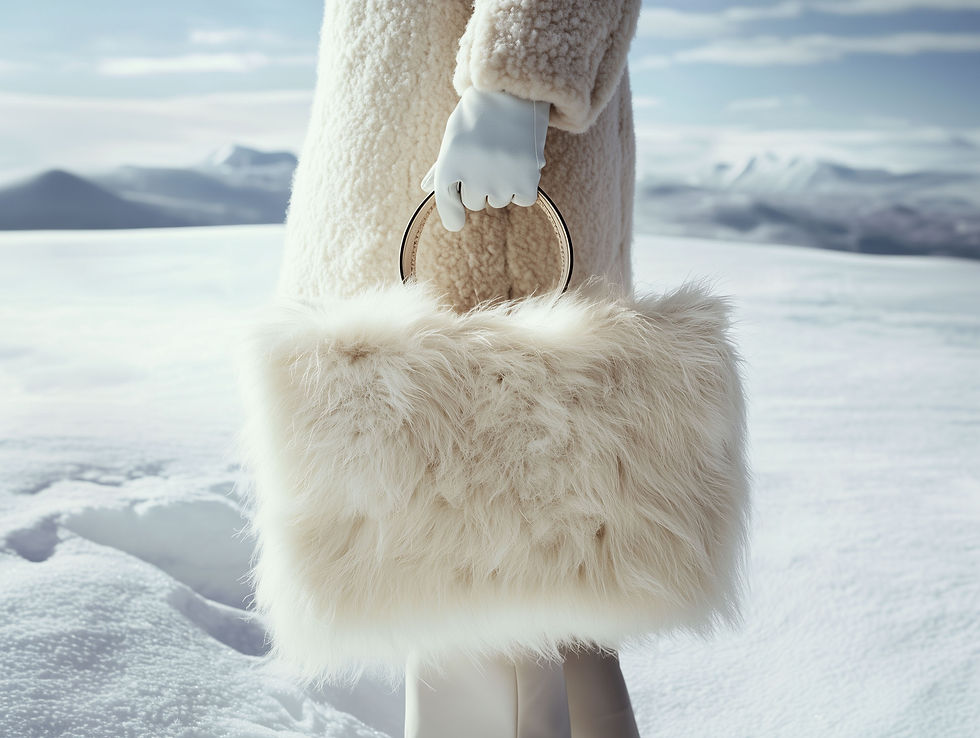Colours in Fashion: vii. Green
- Joanna

- Jul 1, 2022
- 2 min read
Updated: 2 days ago
Green is considered a secondary colour and is created by mixing two primary colours, blue and yellow. It stands opposite the third primary colour, red, on the colour wheel.
Shades such as teal green or turquoise have more blue than yellow, while lime green, chartreuse or moss have more yellow than blue.
Green can be linked to emeralds, nature, leaves, trees, forests, jungles, grass, the outdoors, growth, nurture and health, but can also symbolise disease and poison.
Derived from ancient Indian Vedic texts, chakras are utilised in Vedic practices such as yoga. The colour green represents the heart chakra 'Anahata,' located at the heart, symbolising the meeting point of our divine and human selves, visually embodying health and growth.

Green was a beloved colour of the Prophet Mohammed, along with white. The Quran describes the robes in paradise as the colour of green leaves. Correspondingly, green is featured in the flags of predominantly Islamic nations such as Iran, Bangladesh, Pakistan and Saudi Arabia.
In medieval Europe, green symbolised Springtime, when royal courts mandated the wearing of leafy crowns. It was associated with youth and young love, reminiscent of Maid Marian from English folklore. In rural settings, green was linked to fairies, goblins, witches and woodland spirits, as well as negative traits like jealousy, envy, poison, disease and death.
The introduction of copper arsenite pigments, used in clothing manufacture in the nineteenth Century, inadvertently led to fatalities among customers, who purchased clothes dyed with Scheele's green and emerald green, due to the arsenic content in these dyes.
Later, suspicions surrounding the colour possibly influenced the portrayal in popular fiction of superheroes and extraterrestrials as green, giving them an alien or fantastical look, such as Superman's 'kryptonite.'
Since the 1970s, the environmental movement has adopted green to symbolise ecological values and nature preservation, exemplified by the formation of Greenpeace in 1972. Earthy tones, particularly avocado green, became more fashionable in 1970s fashion and interiors.
Earthy 'Terre Verte' dyes, khaki and olive green have been used by the military for camouflage purposes and are often associated with wartime, as well as used in traditional English country wear. By the 2000s, khaki was utilised by Comme des Garcons as part of the utilitarian fashion trend and remains a popular colour in streetwear and mainstream fashion today.



